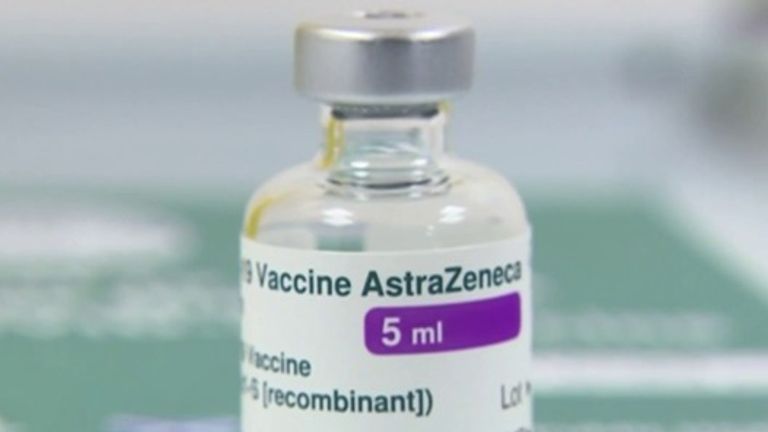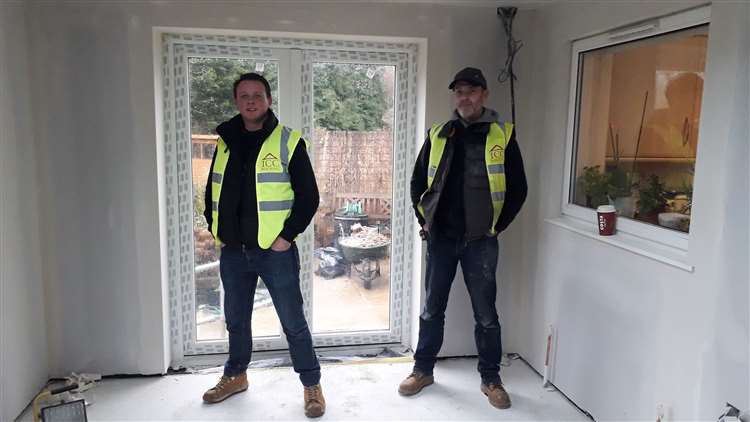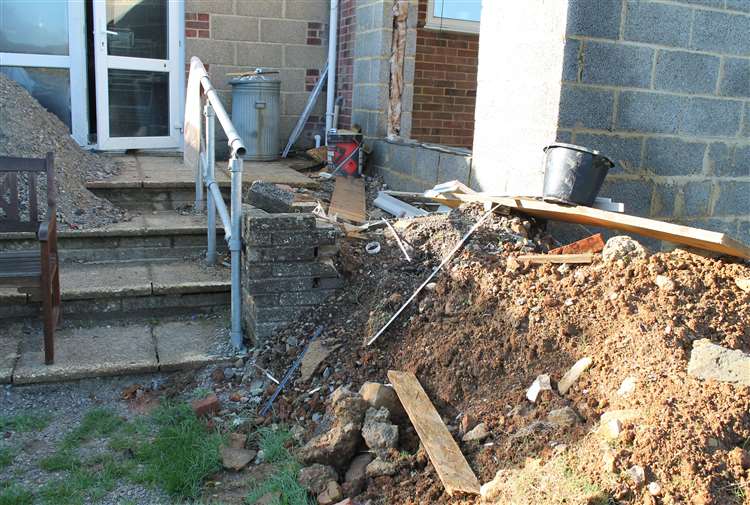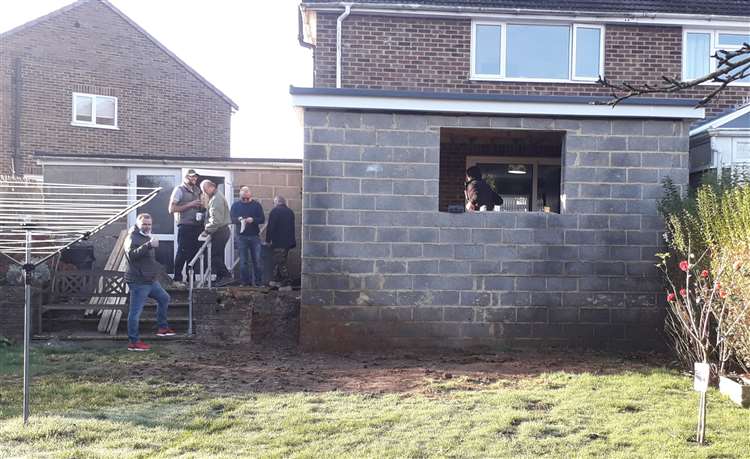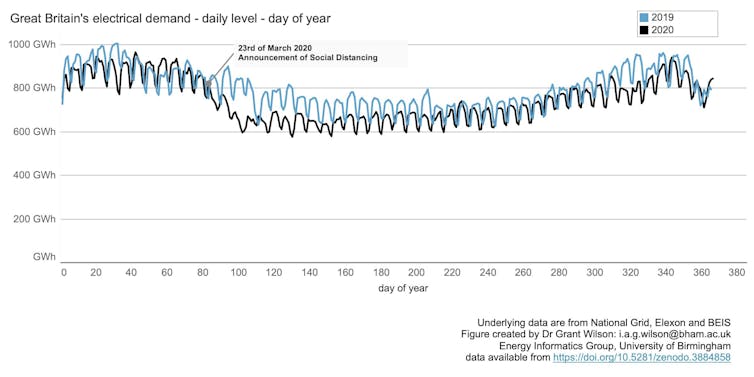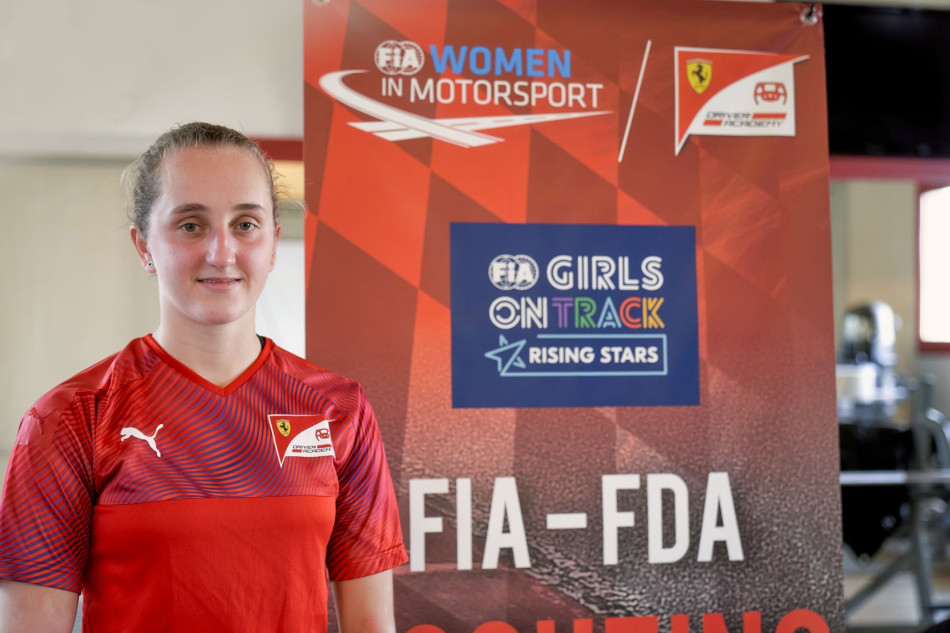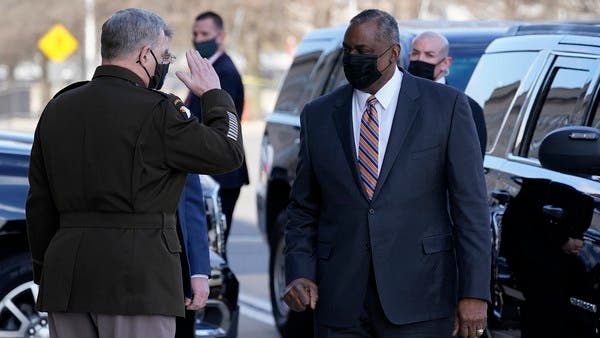The candidate, named RBD-SpyVLP, could be as effective in lower doses making it easier to manufacture in large quantities and be used in conjunction with other vaccines, early animal studies suggest
By Paul Gallagher i NEWS January 22, 2021
A potential new coronavirus vaccine from Oxford University could be as effective in lower doses making it easier to manufacture in large quantities and be used in conjunction with other vaccines, early animal studies suggest.
The candidate, named RBD-SpyVLP, produces a strong antibody response in mice and pigs, providing vital information for the further development of the vaccine. Although this type of vaccine is not a competitor for the first wave of vaccines, it is hoped that it will be useful as a standalone vaccine or as a booster for individuals primed with a different Covid vaccine. Current guidance is for the same vaccine to be used in the required two doses to maximise protection.
Greater antibody response
The Oxford-produced candidate contains part of the SARS-CoV-2 spike protein called the receptor binding domain (RBD), which a range of protective neutralising antibodies can bind to in a way that blocks infection. The RBD is attached to a virus-like particle (VLP) that contains no genetic material using Oxford’s SpyTag/SpyCatcher technology, a kind of protein “superglue”.
Studies by Oxford and The Pirbright Institute revealed the potential vaccine generated a greater antibody response in mice than administering the RBD alone. Pirbright researchers tested the RBD-SpyVLP vaccine in pigs as a large animal model to establish if different dosages would affect the immune response

The study also examined samples taken from the nose and mouth of vaccinated pigs and found specific antibodies of SARS-CoV-2, the virus that causes Covid-19, were present. The teams described the finding as “promising” since antibodies at the site of entry for SARS-CoV-2 could be important for providing robust protection.
Interestingly, no difference was found in the magnitude of antibody response when comparing vaccine dose levels. This suggests that the smaller dose tested, which is the same as intended for humans, may provide equal protection to larger doses or that even lower doses of the vaccine could be effective.
Pig model
Pirbright’s pig model has previously been used to test the Oxford/AstraZeneca vaccine now in use across the UK, which demonstrated that two doses produced a stronger immune response in pigs than one. Pigs have similar immune, respiratory and physiological characteristics to humans, and can therefore provide vital knowledge about the response to candidate vaccines that can inform human clinical trials. This model has been shown to predict vaccine outcome in humans, particularly in influenza studies.
Professor Simon Graham, who led the pig studies at Pirbright, said: “These results offer valuable insights into the kind of immune responses that the RBD-SpyVLP vaccine could trigger in humans. Further understanding the dose required to elicit a strong immune response is key for the progression of vaccine development and scaling up for manufacture.”
‘Exciting and promising’
The researchers said their work, published in Nature Communications, provides vital information for the further development of the vaccine. They also tested the stability of the vaccine and found it is highly resilient, stable at room temperature and can be freeze dried without losing its power to immunise. These properties would reduce dependence on cold chains for transport and storage and facilitate global distribution, such as those needed for the Pfizer/BioNTech vaccine.
Professor Melanie Welham, Executive Chair at the Biotechnology and Biological Sciences Research Council (BBSRC), part of UK Research and Innovation (UKRI) said: “These latest results into the immune response from the Oxford Covid-19 vaccine candidate, RBD-SpyVLP, are both exciting and promising. By drawing on scientific knowledge from multiple disciplines, researchers have collectively demonstrated the ability to improve and advance development of the vaccine.”
Vaccine development has progressed at an unprecedented pace, with the World Health Organisation reporting 173 vaccine candidates in preclinical trials, 64 that have moved to human clinical trials and three that have received temporary authorisation for use in the UK.
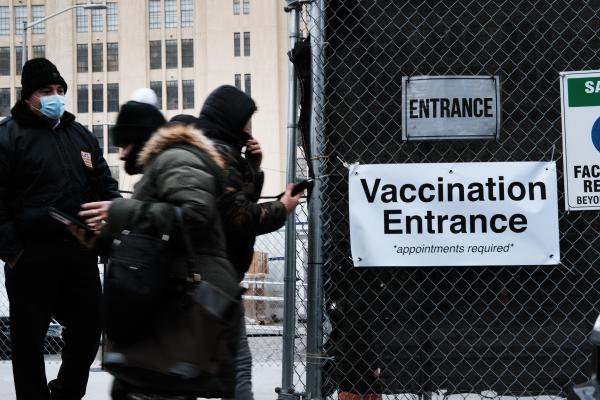
9(MDA3NzMxMTkxMDEzMDkyOTU3ODRmYjc2Mg001))
